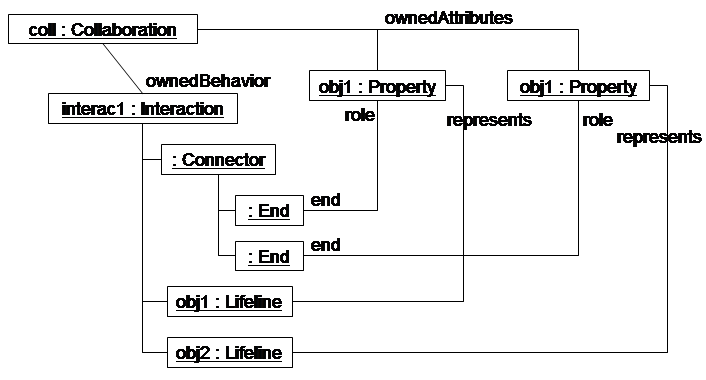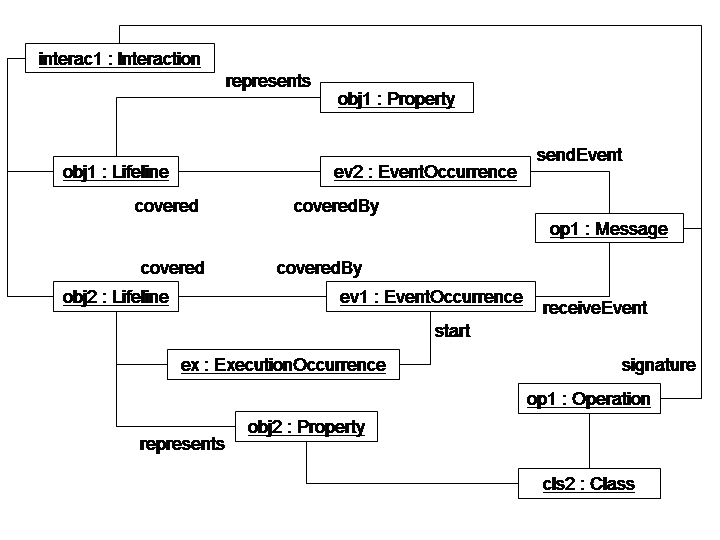

| [1] |
OMG - UML2 Superstructure
Specification - V2.0, October 8, 2004 available at: http://www.omg.org/cgi-bin/doc?ptc/2004-10-02. |
| [2] |
Eclipse UML2 Newsgroup - Message
#1168, February 8, 2005 available at: http://www.eclipse.org/newsportal/article.php?id=1168&group=eclipse.tools.uml2#1168. |
[an error occurred while processing this directive]